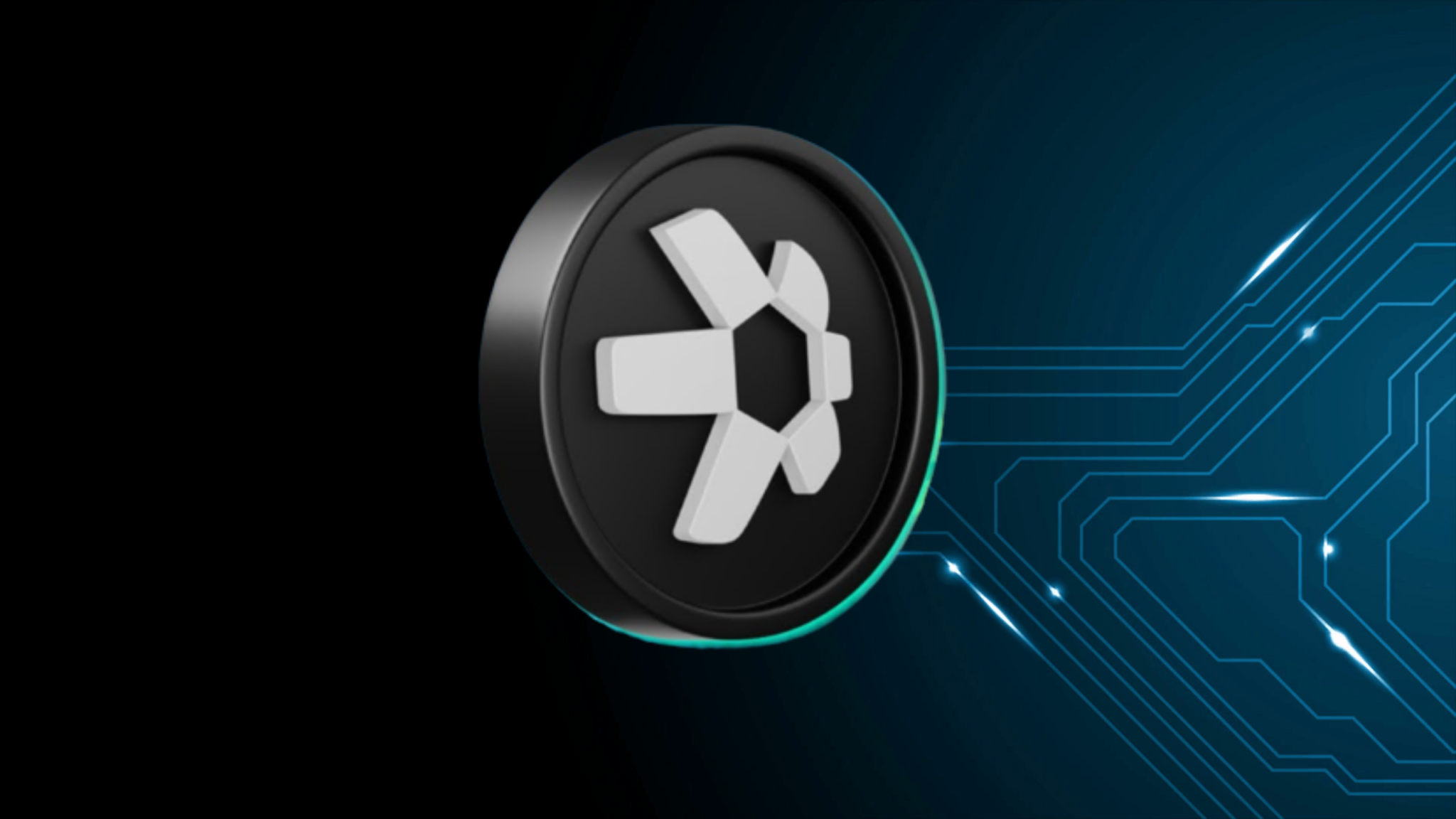
Quant (QNT) Cryptocurrency, Bridging Legacy Systems and Blockchains
Quant (QNT) is a revolutionary cryptocurrency that aims to address the integration challenges between legacy systems and blockchain technology. Founded by Gilbert Verdian in 2018, Quant has gained recognition for its unique approach and currently boasts a market cap of $1.3 billion, with each QNT coin valued at $111.
The native token of Quant, QNT, is a utility token on the Ethereum blockchain. It enables users to pay for apps and services, stake/hold QNT, and pay licensing fees on the Quant platform. This utility provides users with a seamless experience and access to various features and functionality within the Quant ecosystem.
One of the major challenges organizations face when adopting blockchain technology is the integration with legacy systems. Many organizations still rely on incompatible legacy systems, which complicates the integration process with modern distributed ledger technology (DLT) solutions. However, Quant offers a plug-and-play solution that connects different blockchains and enterprise software without requiring new infrastructure. This makes integration more cost-effective and efficient for organizations.
Interoperability is another crucial aspect for the success of blockchain technology. It allows for data sharing and seamless transactions between different blockchain networks. Quant addresses this through its platform called Overledger. Overledger uses DLT and APIs to enable communication between blockchains, enhancing interoperability and usability.
With Quant’s plug-and-play solution, organizations can seamlessly integrate the Quant platform into their existing infrastructure without the need for costly upgrades. The Overledger API Gateway acts as a bridge between different networks, enabling secure data and asset transfers.
The QNT coin plays a vital role within the Quant ecosystem. Users can use QNT to pay for apps and services on the Quant platform, stake or hold QNT to actively participate in the Quant network, and pay licensing fees to ensure sustainability and development.
Quant also offers Overledger OS, which allows for the creation and access of multi-chain applications (mApps). This feature enhances functionality and flexibility within the Quant ecosystem. Treaty contracts, a feature of Overledger OS, provide scalability and the ability to interact with multiple blockchains, offering greater versatility for users.
The Overledger Network serves as a community hub for developers and enterprises, fostering collaboration, knowledge sharing, and innovation. Members pay an annual licensing fee, which ensures the sustainability and support for blockchain integration within the network.
Furthermore, Quant supports multi-ledger tokens (MLTs), which represent real-world assets and have various use cases. This support enhances the versatility of the Quant ecosystem and provides further utility for QNT holders.
To buy QNT, users can find a reputable cryptocurrency exchange that supports QNT trades. After creating an account and completing any necessary verification, users can fund their trading account through supported methods. It is important to secure QNT assets in a wallet that provides sole control over private keys.
In conclusion, Quant (QNT) is a cryptocurrency bridging the gap between legacy systems and blockchain technology. It offers utility through the QNT coin, seamless integration with existing infrastructure, and support for multi-chain applications. The Quant ecosystem and Overledger Network provide a collaborative environment for blockchain innovation. To buy QNT, users can find an exchange, set up a trading account, fund it, and secure their assets in a wallet.






